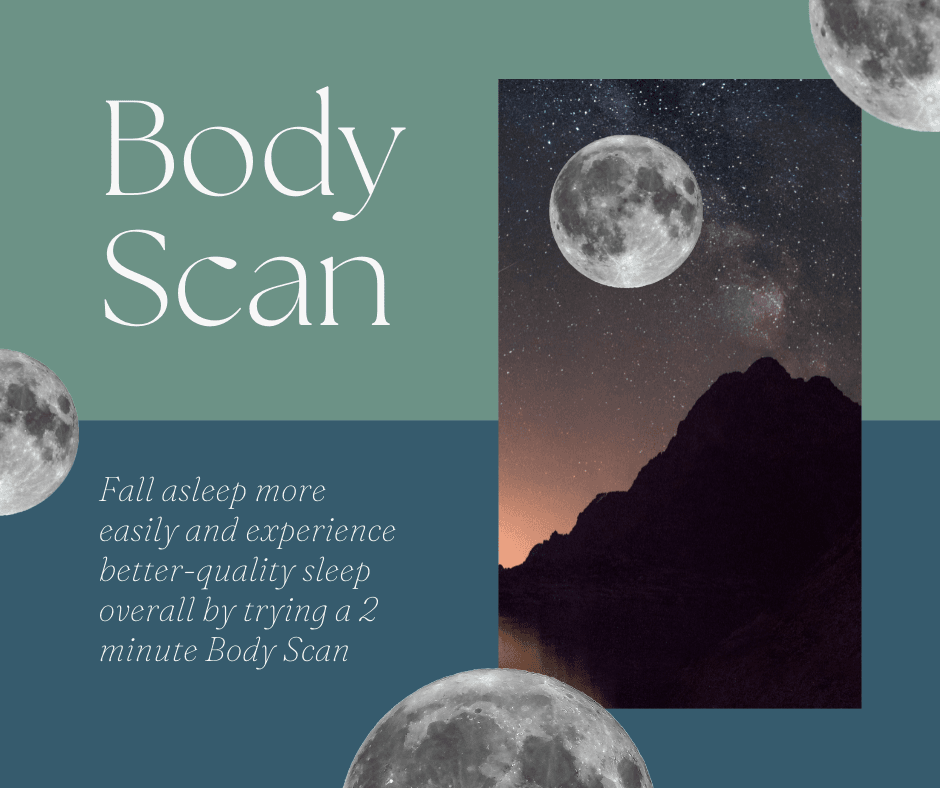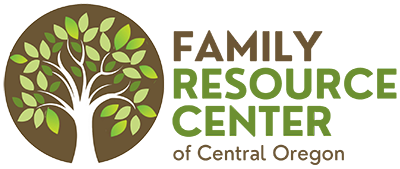Body Scan

Body Scan Meditation
Why You Should Try It
This exercise asks you to systematically focus your attention on different parts of your body, from your feet to the muscles in your face. It is designed to help you develop a mindful awareness of your bodily sensations, and to relieve tension when possible. Research suggests that this mindfulness practice can help reduce stress, improve your well-being, and decrease aches and pains.
How To Do It
The body scan can be performed while lying down, sitting, or in other postures. The steps below are a guided meditation designed to be done while sitting. You can listen to audio of this three-minute guided meditation, produced by UCLA’s Mindful Awareness Research Center by clicking here.
Guide Your Child - Script
-
Begin by bringing your attention to your environment, slowly looking around and noticing that you are safe in this moment.
-
Bring your attention into your body.
-
You can close your eyes if that’s comfortable for you or maintain a soft gaze, with your eyes partially closed but not focusing on
-
anything in particular.
-
You can notice your body seated wherever you’re seated, feeling the support of the chair or the floor beneath you.
-
Take a few deep, long breaths, within the range of what is comfortable for you.
-
And as you take a deep breath, bring in more oxygen, enlivening the body. And as you exhale, you might experience a sense of
-
relaxing more deeply.
-
You can notice your feet on the floor, notice the sensations of your feet touching the floor. The weight and pressure, vibration,
-
heat.
-
You can notice your legs against the chair, pressure, pulsing, heaviness, lightness.
-
Notice your back against the chair, supporting you. If you are not able to notice sensations in all areas of the body, that is OK. We
-
are more connected to certain areas of the body than others, at different times of the day.
-
Bring your attention into your stomach area. If your stomach is tense or tight, can you allow it to soften? Take a breath.
-
Notice your hands. Are your hands tense or tight? See if you can allow them to soften.
-
Notice your arms. Feel any sensation in your arms. Do your best to allow your shoulders to be soft.
-
Notice your neck and throat. Try to allow them be soft. See if you can invite a sense of relaxation in.
-
Try to soften your jaw. Do your best to allow your face and facial muscles to be soft.
-
Then notice your whole body present. Take one more breath.
-
Be aware of your whole body as best you can. Take a breath. Slowly open up the eyes, without focusing on anything in particular.
-
Allow the head and neck to gently rotate, taking in the space you are in. When you feel ready, you can return to your normal gaze.
Source: Greater Good In Action


